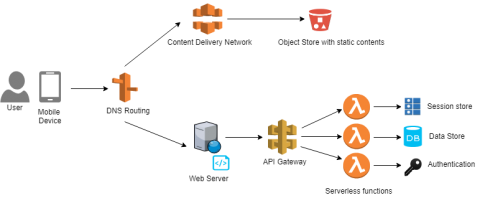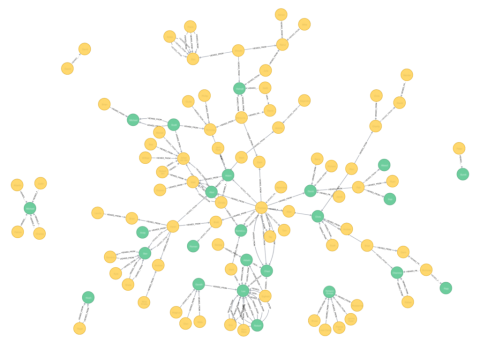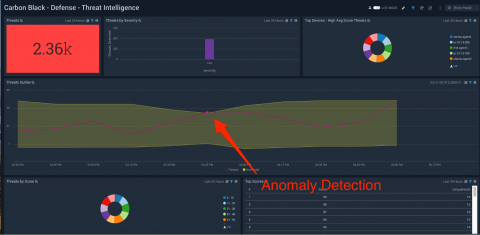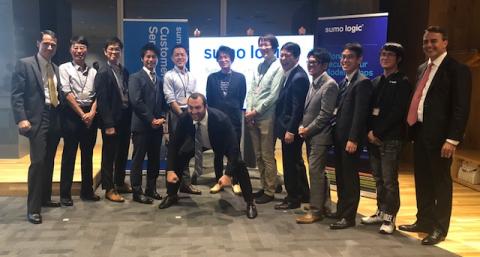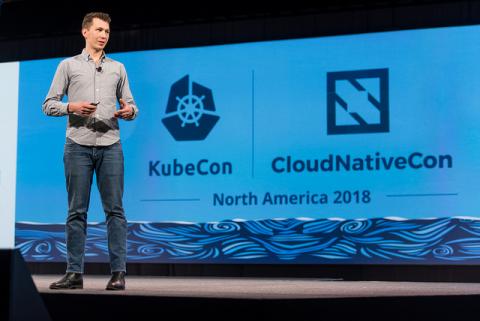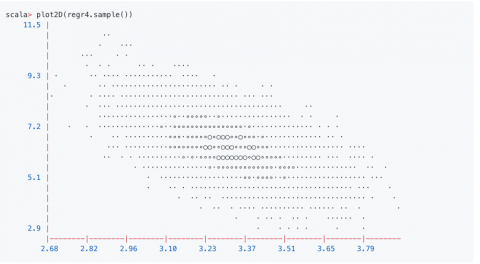Platforms All The Way Up & Down
All businesses today are built on layers of platforms. The app running your business is built on top of the Kubernetes application deployment platform, running on the AWS cloud platform. AWS is built on top of platforms such as the Linux operating system and the Intel X86 processor architecture. Smartly managed, a good product evolves into a platform for users to extract value and for developers to create new products and platforms. We all stand on the shoulders of giants.



